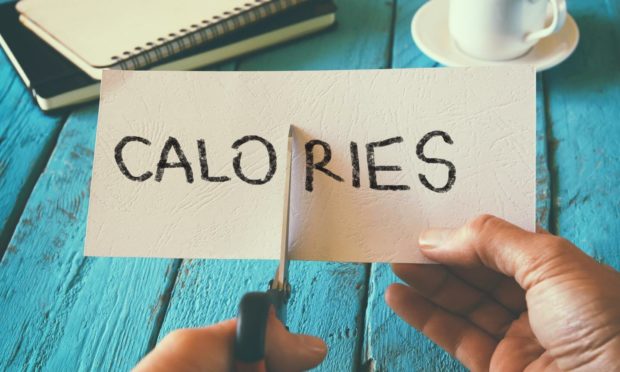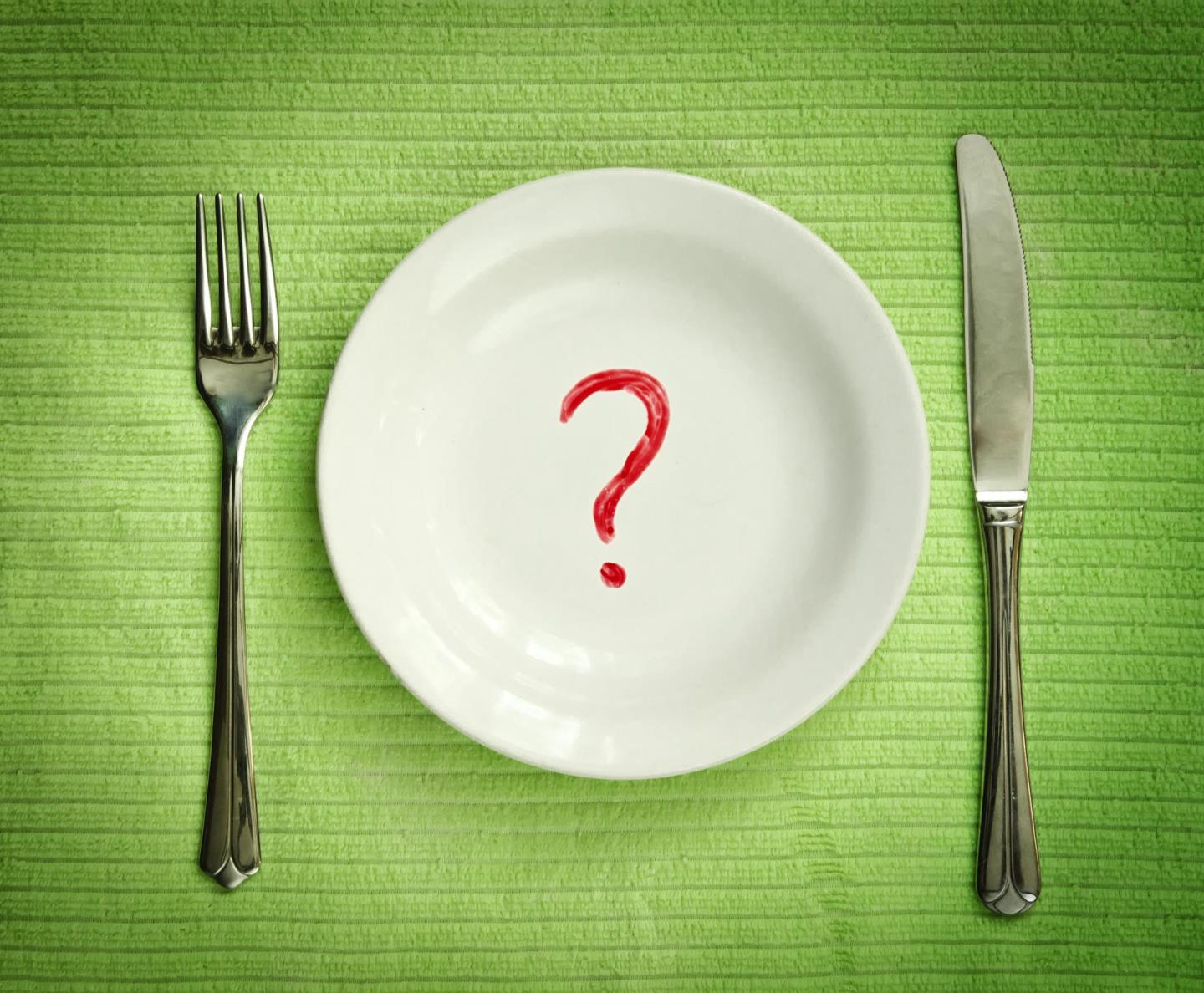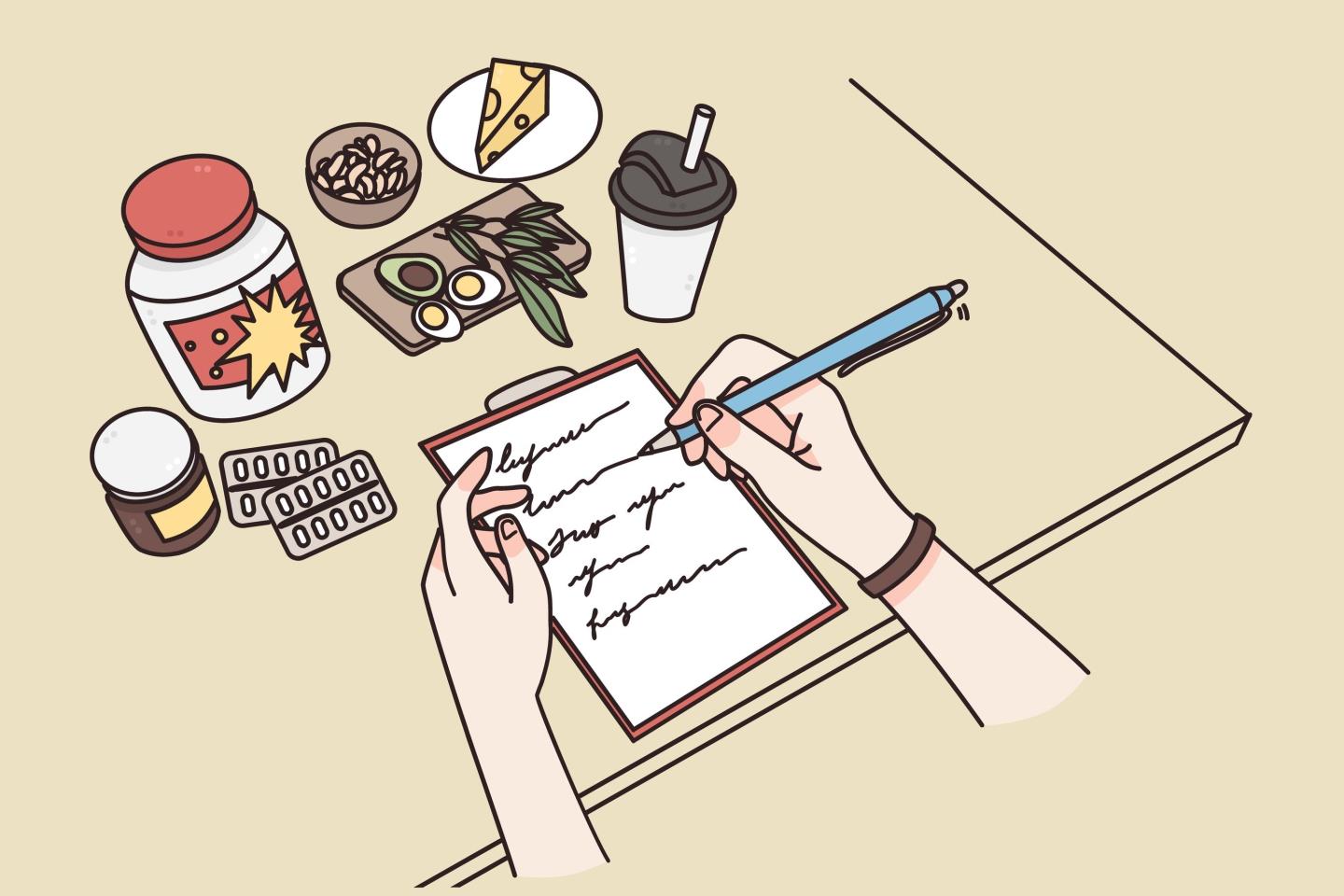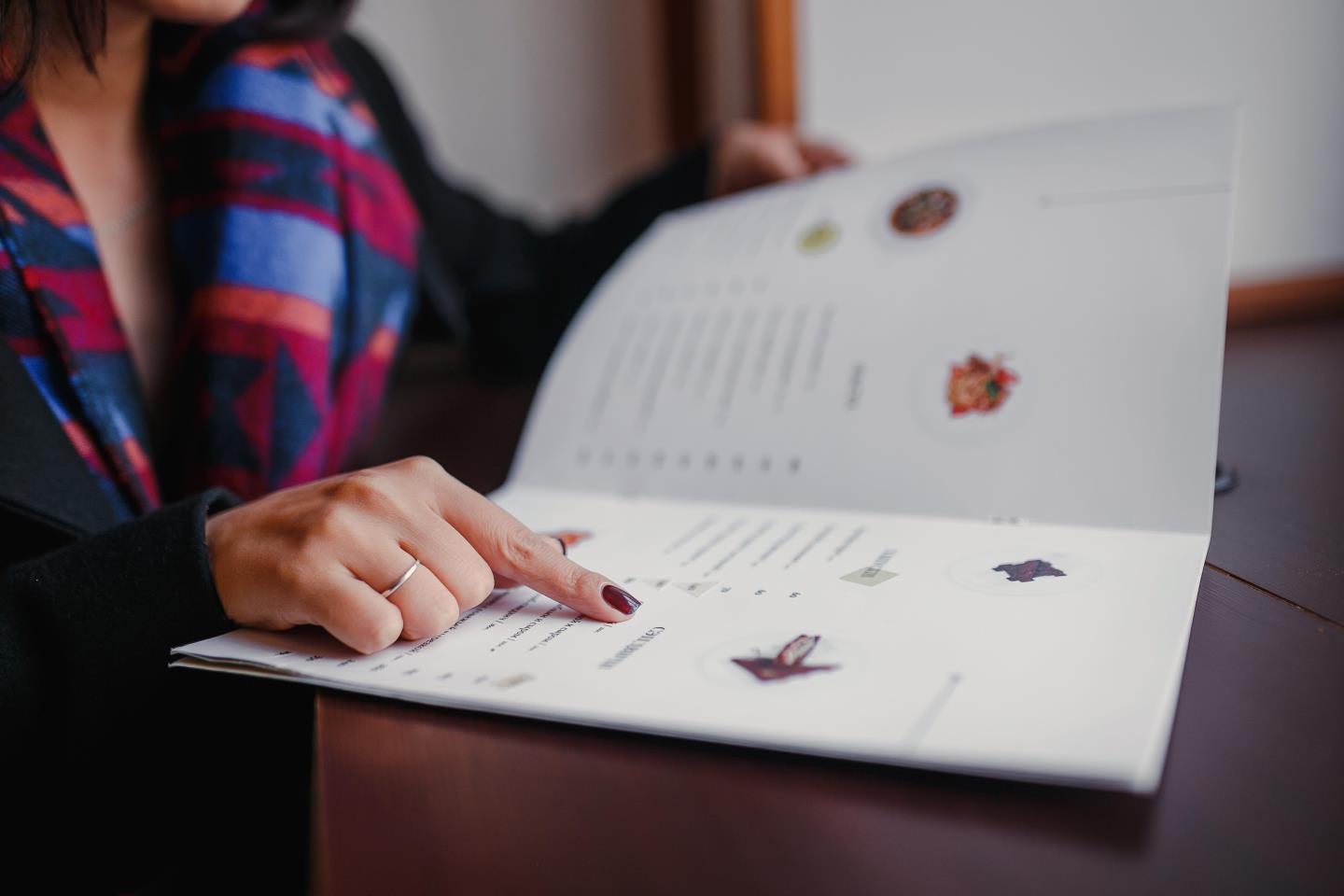How many calories were in your breakfast? In your cuppa this morning? In your sandwich for lunch?
Did you note down how many were in the apple you just devoured? Or the evening meal you’re going to head out for with friends? Probably not.
Have you ever been triggered by seeing calories on a menu that it has made you order something you would never normally eat, or made you feel like you want to leave the restaurant out of fear knowing what could come next?
Because I have. And I know I’m not alone.
Earlier this week Food Standards Scotland revealed that it is urging food firms, including takeaways restaurants and cafes, to put a stronger focus on calorific content.
It outlined that according to its data, 98% of people are now eating out of their homes as more people return to the office and meet up socially in hospitality settings.
But while this may benefit some, there is a dark side to introducing calories onto menus, with those living with eating disorders most likely to be triggered by such an introduction, and in turn, pay the price for information we don’t necessarily need to be force fed.
Eating disorder rise
According to figures from The Royal College of Psychiatrists in Scotland, there were 217 referrals for eating disorders in under 18s in 2018/19, which increased to 456 in 2019/20 and to 615 in 2020/21.
That is a 283% increase within the space of a few years.
Eating disorders are discreet and like many other mental illnesses and from my experience, are easily triggerable.
Having suffered from an eating disorder, putting calories on menus is the last thing anyone in recovery wants to see.
Yes, of course I understand that the idea for introducing this is part of the government’s childhood obesity strategy, but have they taken into account the growing number of children being referred to specialists because of eating disorders?
What about those children and adults who also need help, where’s the support for them in this calorie-shaming plan?
Calorie labelling exacerbates eating disorders of all kinds. And anyway, is the number of calories someone eats actually an indictor of health? No, it certainly is not.
On request
Diners and customers should absolutely be able to get access to this information, but only if they ask for it.
Why not have a menu that is available on request which features the calories on menus instead of the other way around?
That way those living with and recovering from an eating disorder won’t have these numbers rammed down their throats.
Did the government give a thought to those who would be planning their next trip to the bathroom to undo the “numbers” they’ve just consumed, or those who will pick the meals with the least calories in them just for fear of “overeating”?
Or did they even think about the individual who now won’t eat out in a restaurant for fear of seeing numbers which will stop them from consuming their favourite dish?
It doesn’t sound like it to me.
Of course we know that obesity is a problem in Scotland, as it is in many other countries across the world, and we absolutely need to address this. But does it need to be to the detriment of other’s mental health?
Physical and mental health
These public health campaigns not only need to consider people’s physical health, but their mental health, too. We should be focusing on pursuing positive, confidence building behavioural changes, rather than shaming people for eating “too many” or “not enough” calories.
I don’t think this is helpful and if anything, we could see a rise in relapses, and an even bigger mental health crisis on our hands if we don’t play our cards right with this.
If the legislation does get passed, then as of April 2022 venues will have to display calorie information about both the food and drinks they serve.
While the legislation does allow businesses the opportunity to offer a menu that doesn’t contain such information, they will have to hand out the menus with calorie counts on them first and foremost, which could either trigger individuals, or make asking for a menu without calories on it even more uncomfortable.
Our government should really be tackling this new legislation with the help of eating disorder groups and charities and use a more holistic approach to tacking obesity, rather than completely disregarding those that will be badly impacted by these changes.
The conversation around mental health in general has never been more rife, especially because of the pandemic and the affect it has had, and is continuing to have on individuals.
Read the room.



